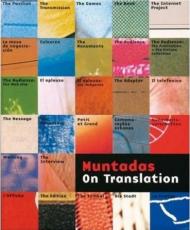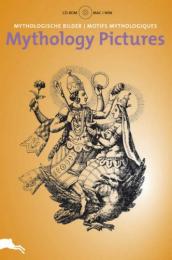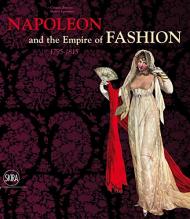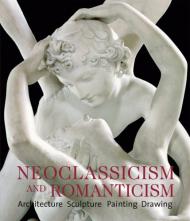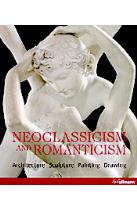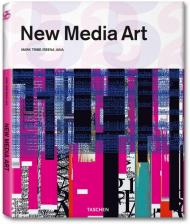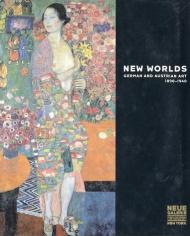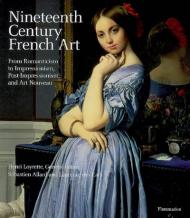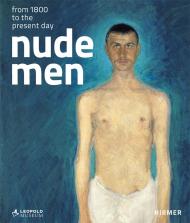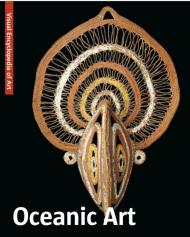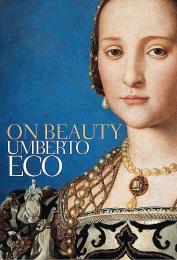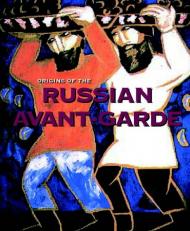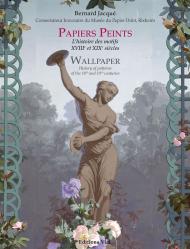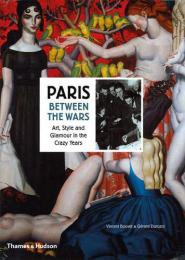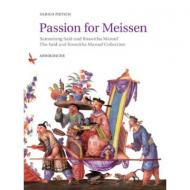TASCHEN 25—Special edition!
The avant-garde in an age of digital communication
Artists have always been early adopters of emerging media technologies, from Albrecht Dürer and his use of the printing press in the 16th century to Nam June Paik's experiments with video in the 1960s. The advent of the internet as a popular medium catalyzed a global art movement that began to explore the cultural, social, and aesthetic possibilities of such new communication technologies - the web, CCTV surveillance cameras, cell phones, hand-held computers, and GPS devices. Focusing on New Media art as a specific art historical movement, this book explores its technologies, thematic content and conceptual strategies. New Media art often involves appropriation, collaboration, and the sharing of ideas and expressions, and frequently addresses issues of identity, commercialization, privacy, and the public domain. Many New Media artists are profoundly aware of their art historical antecedents, making reference to Dada, Pop Art, Conceptual art, Performance art, and Fluxus.
Featured artists: Cory Arcangel, Jonah Brucker-Cohen and Katherine Moriwaki, Young-Hae Chang Heavy Industries, Vuk Cosic, Mary Flanagan, Ken Goldberg, Paul Kaiser and Shelly Eshkar, Jennifer and Kevin McCoy, Mouchette, MTAA, Keith and Mendi Obadike, Radical Software Group, Raqs Media Collective, RTMark, John F. Simon Jr.
About the Series:
Every book in TASCHEN's Basic Art Series features:
* a detailed chronological summary of the artist's life and work, covering the cultural and historical importance of the artist
* approximately 100 color illustrations with explanatory captions
* a concise biography
